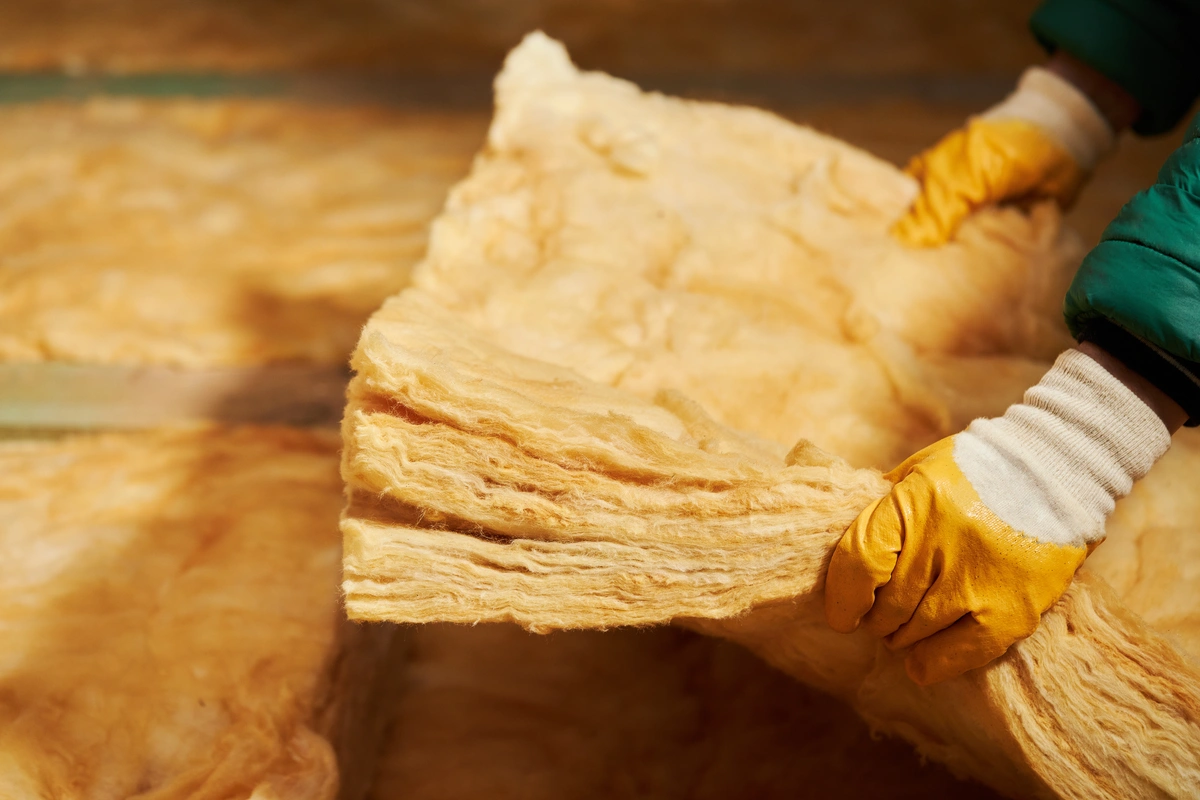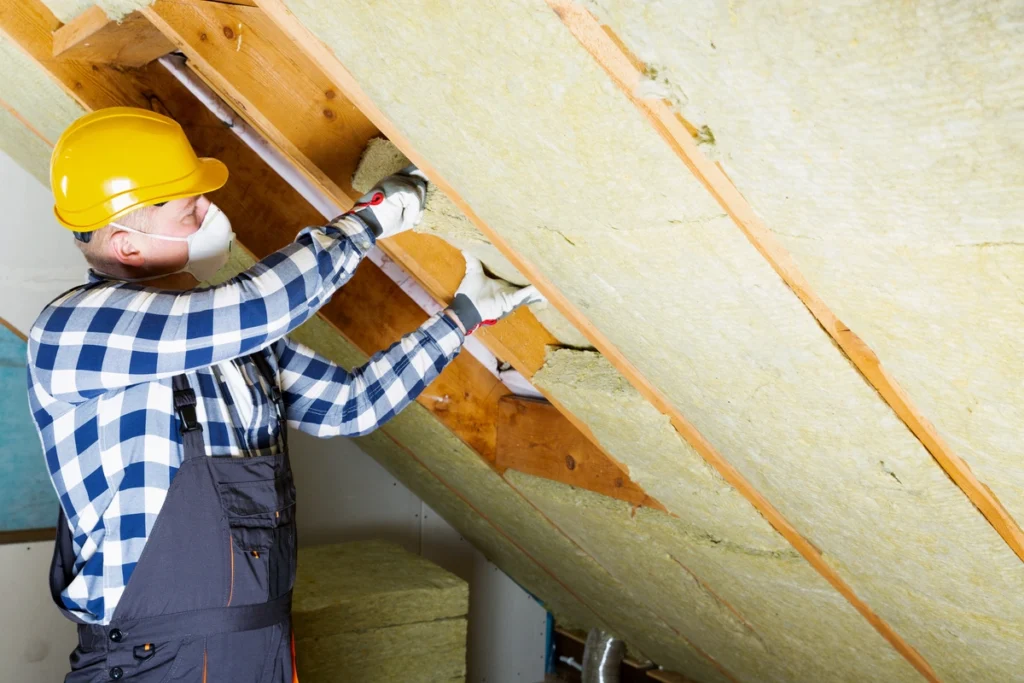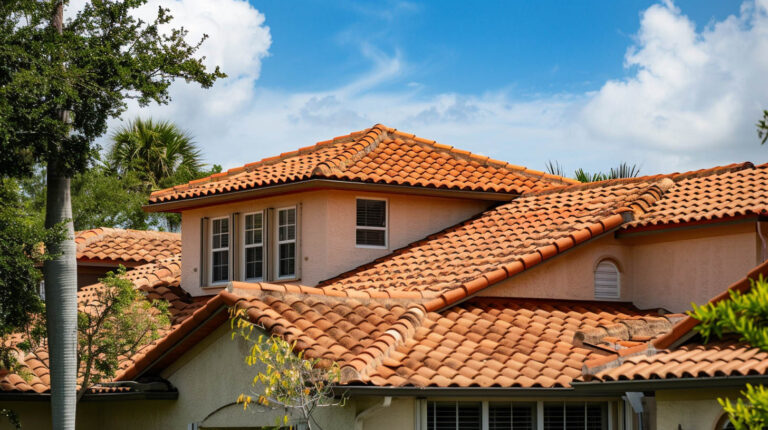
Blog
Roof Insulation: How to Install It, and Different Types
In the realm of home maintenance, roof insulation often takes a backseat to more visible and immediate concerns. However, neglecting this crucial aspect of your home can lead to a plethora of issues down the line.
From energy inefficiency to structural damage, the consequences of poor roof insulation can be far-reaching and costly. In this comprehensive guide, we’ll delve into:
- Why roof insulation is important
- How to identify signs of poor insulation
- The dangers it poses
- Different insulation types
- Cost considerations
- Lifespan
- When to call in a roofing contractor for assistance
Why Roof Insulation Is Important
Roof insulation serves as a barrier against heat loss or gain, depending on the season, thereby regulating indoor temperatures and reducing the workload on your heating and cooling systems. This not only enhances comfort but also translates into significant energy savings over time.
Proper insulation can also prevent moisture buildup in your attic, mitigating the risk of mold and mildew growth, which can compromise indoor air quality and pose health hazards.
Signs Your Roof Is Poorly Insulated
Identifying whether your roof is inadequately insulated requires a keen eye for certain telltale signs. Uneven temperatures throughout your home, with certain areas being noticeably warmer or cooler than others, can indicate insufficient insulation. Additionally, if you notice a spike in your energy bills without a corresponding increase in usage, it’s likely that your insulation is not up to par.
Other indicators include:
- Drafts
- Ice dams forming on the roof during winter
- Visible gaps or cracks in the insulation material
The Dangers of Bad Insulation
The ramifications of poor roof insulation extend beyond mere discomfort. Inadequate insulation can lead to moisture accumulation in the attic, which, over time, can cause wood rot, structural damage, and even compromise the integrity of your roof. Furthermore, it can exacerbate the workload on your HVAC systems, resulting in higher energy bills and premature wear and tear on these expensive appliances. Moreover, it can create ideal conditions for pests such as rodents and insects to infiltrate your home, posing additional health and safety risks.
4 Different Insulation Types

When it comes to roof insulation, various materials and methods are available, each with its own set of advantages and considerations.
1) Fiberglass Insulation:
This is one of the most common types of insulation, consisting of fine glass fibers. It offers excellent thermal performance, is relatively affordable, and is resistant to moisture. However, it can be irritating to the skin and respiratory system during installation.
2) Cellulose Insulation:
Made from recycled paper products treated with fire retardants, cellulose insulation is eco-friendly and provides effective thermal protection. It is particularly adept at filling gaps and voids but may settle over time, reducing its effectiveness.
3) Spray Foam Insulation:
This expanding foam insulation adheres to surfaces, forming a seamless barrier against heat transfer. It offers superior insulation properties and can seal even the tiniest cracks and crevices. However, it is more expensive than other options and requires professional installation.
4) Reflective Insulation:
Reflective insulation consists of foil-faced materials that reflect radiant heat away from the home. While it’s less effective in colder climates, it can be beneficial in hot climates by reducing heat gain through the roof.
Cost to Add Insulation
The cost of adding insulation to your roof depends on various factors, including the type of insulation, the size of your roof, accessibility, and labor costs in your area. On average, homeowners can expect to pay anywhere from $1,500 to $5,000 for professional insulation installation. However, this investment can yield substantial long-term savings through reduced energy bills and improved comfort.
Lifespan of Insulation
The lifespan of roof insulation can vary depending on the material used, environmental factors, and maintenance practices. Fiberglass insulation typically lasts for 20 to 30 years, while cellulose insulation can endure for up to 40 years with proper care. Spray foam insulation tends to have a longer lifespan of 50 years or more.
Regular inspections and maintenance can prolong the effectiveness of insulation and ensure optimal performance over time.
When to Call a Roofing Contractor
If you suspect that your roof insulation is inadequate or if you’ve noticed any of the aforementioned signs of poor insulation, it’s essential to enlist the expertise of a professional roofing contractor. A qualified contractor can conduct a comprehensive inspection of your roof and attic, identify any insulation deficiencies, and recommend the most suitable insulation solution based on your specific needs and budget.
Additionally, they can ensure proper installation, maximizing the effectiveness and longevity of your insulation investment.
Install Insulation With Your Local Pros!

Roof insulation is a critical component of home comfort, energy efficiency, and structural integrity. By understanding its importance, recognizing signs of poor insulation, exploring different insulation types, considering cost factors, and knowing when to seek professional assistance, homeowners can safeguard their homes against the dangers of inadequate insulation and enjoy a more comfortable and sustainable living environment for years to come.Whether you are looking to make your home more energy efficient, or just want to get your attic insulation checked out, Avenue Roofing can help. Contact us today to learn more about our services!



